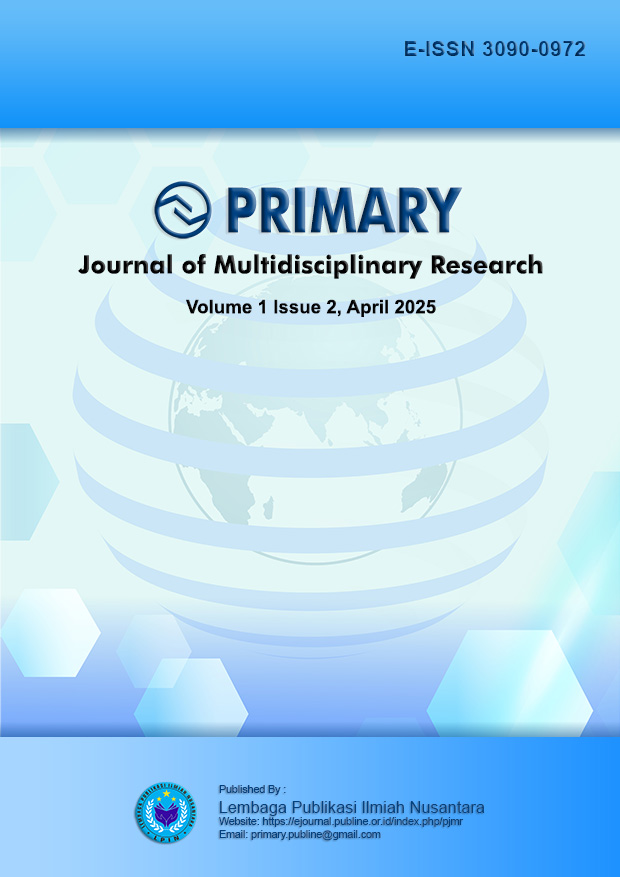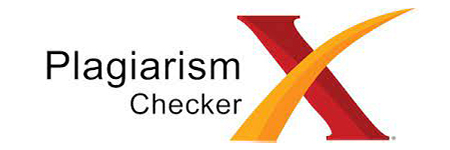Evaluasi Kelayakan Modul Mata Kuliah Profesi Kependidikan Berbasis Pembelajaran Kasus
DOI:
https://doi.org/10.70716/pjmr.v1i2.163Keywords:
Module feasibility , educational profession , case-based learning , critical thinking , module developmentAbstract
A high-quality learning module plays a crucial role in enhancing the effectiveness of the teaching and
learning process, especially in the Educational Profession course. This study aims to evaluate the feasibility of a module for the Educational Profession course developed using a case-based learning approach. This approach was chosen to improve students' understanding and skills in analyzing and solving real-world problems in the field of education. The study employs a Research and Development (R&D) method with an evaluation model involving subject matter experts, media experts, and limited trials with students. The instruments used in this study include questionnaires and observation sheets to assess the feasibility of the content, design, and applicability of the module in the learning process. The results show that the developed module received a "highly feasible" rating based on expert validation and student trial outcomes. The module was found to enhance students' active engagement in learning, improve critical thinking skills, and provide a more contextual learning experience. Therefore, the case-based learning module for the Educational Profession course is deemed suitable for use as a learning resource to enhance the competencies of prospective educators.
Downloads
References
Barrows, H. S. (2002). Is it truly PBL? A comparison of problem-based learning and case-based learning.
Chong, S. (2009). Case-based learning and teaching for teacher education. Asia Pacific Journal of Education, 29(3), 273-290.
Gijlers, H., & de Jong, T. (2005). The impact of case-based learning on students' motivation and cognitive
load. Instructional Science, 33(1), 11-28.
Johnson, D. W., & Johnson, R. T. (1994). Learning together and alone: Cooperative, competitive, and
individualistic learning. Allyn & Bacon.
Jonassen, D. H. (2000). Computers as mindtools for schools: Engaging critical thinking. Prentice Hall.
Savery, J. R. (2006). Overview of problem-based learning: Definitions and distinctions.
Ertmer, P. A., & Newby, T. J. (2013). Behaviorism, cognitivism, and constructivism: Comparing critical features from an instructional design perspective. Performance Improvement Quarterly, 26(2), 43-71. Garrison,
D. R., & Vaughan, N. D. (2008). Blended learning in higher education: Framework, principles, and
guidelines. John Wiley & Sons.
Hmelo-Silver, C. E. (2004). Problem-based learning: What and how do students learn? Educational Psychology Review, 16(3), 235-266.
Jonassen, D. H., & Hernandez-Serrano, J. (2002). Case-based reasoning and instructional design: Using stories to support problem solving. Educational Technology Research and Development, 50(2), 65-77
Kim, N. J., Belland, B. R., & Axelson, D. (2019). Effects of scaffolding for scientific argumentation in problem based learning. Educational Psychology Review, 31(2), 1-27.
Kolodner, J. L. (2017). Case-based reasoning. Morgan Kaufmann.
Merrill, M. D. (2013). First principles of instruction: A synthesis. Educational Technology Research and
Development, 50(3), 43-59.
Savery, J. R. (2015). Overview of problem-based learning: Definitions and distinctions.
Schön, D. A. (1987). Educating the reflective practitioner: Toward a new design for teaching and learning in the professions. Jossey-Bass.
Downloads
Published
How to Cite
Issue
Section
License
Copyright (c) 2025 Masyhud Masyhud, Fitriani

This work is licensed under a Creative Commons Attribution-ShareAlike 4.0 International License.











